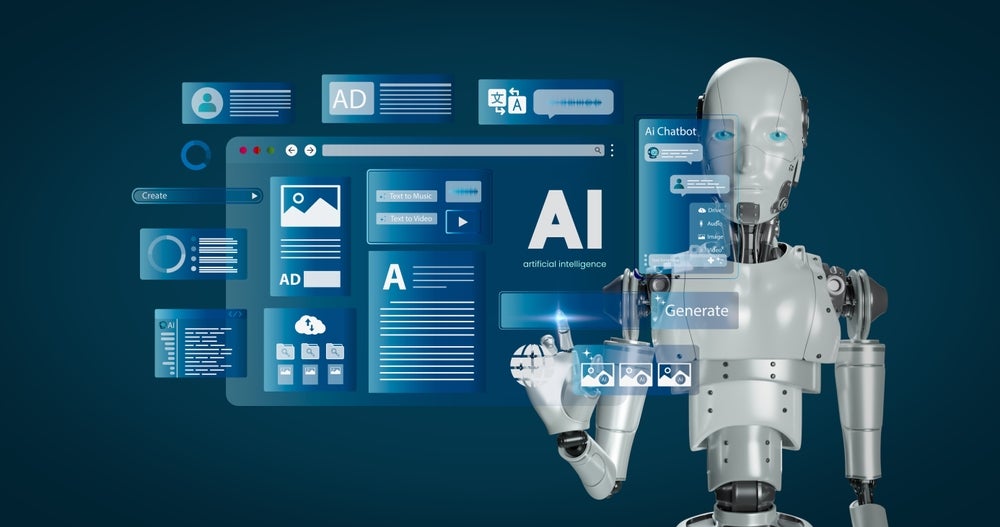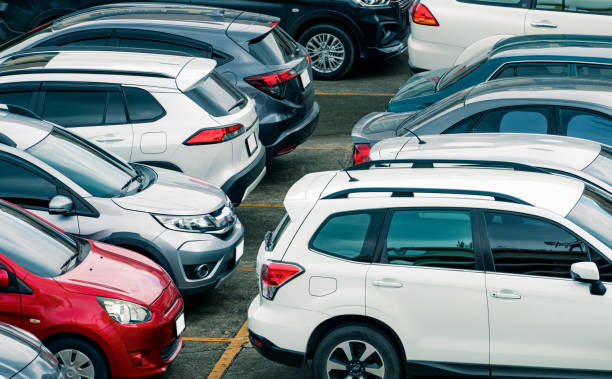
The resale sector of the automotive industry has remained an unusually calm pool of stability during a tumultuous couple of years – both economically and politically. But how long can it stay that way? Chris Farnell canvasses resellers’ opinions.
Alarming headlines have been hitting us so fast over the last two years that you could be forgiven for becoming desensitised to it, so it is reassuring to find there are still some places where it is business as usual.
“The overall market view is situation normal,” explains Martin Potter, operations director for Aston Barclay.
“We have had some traditional peaks and troughs – a lot more volume. Supply and demand changed around April and May time, but we had a much busier March than we did in April and that flattened the market out.
“It was more difficult in June when the election was announced. Other than that, we have seen a very buoyant market throughout last year.”
Stuart Pearson, BCA’s managing director for UK remarketing, notes rising used car values and a decrease in the age of mileage of its stock, however the overall prognosis is neither boom nor bust.
How well do you really know your competitors?
Access the most comprehensive Company Profiles on the market, powered by GlobalData. Save hours of research. Gain competitive edge.

Thank you!
Your download email will arrive shortly
Not ready to buy yet? Download a free sample
We are confident about the unique quality of our Company Profiles. However, we want you to make the most beneficial decision for your business, so we offer a free sample that you can download by submitting the below form
By GlobalData“Despite volumes remaining high, buyer demand has been steady throughout the last year, with the usual seasonal fluctuations around Easter, the bank holidays, the summer break and school holidays,” Pearson says.
“For us, 2017 was a good year on the wholesale side,” notes Tim Hudson, managing director of Inventory Solutions for Cox Automotive.
“Broadly speaking, business was comparable to 2016. It has been a variable year that started off strongly and mirrored a lot of activity in the new car market.”
The only issue Hudson points to is a large influx of vehicles that the market was not ready to absorb. “We had significant congestion,” Hudson notes.
“Demand was relatively low in the used car segment at that point. For four months, supply outstripped demand and that came back to equilibrium around September and October. We saw a very strong period from August to October, and the market was steady by the end of year.”
Taking Stock
While last year was mainly devoid of booms or crises, certain trends continued, with the small but rapidly growing hybrid and electric vehicles (EV) sector continuing its journey to becoming a significant part of the market.
“Last year we saw double the EV and hybrid vehicles compared to the year before. That is going from 1% to 2% of the overall market; it is still very small, but we are sure that will start to move a bit more,” Potter says.
“Hybrid vehicles continue to grow in popularity,” Pearson agrees. “Overall BCA is seeing an increasing supply of hybrid and plug-in electric vehicles entering the market, and demand is growing from professional buyers.”
While the hybrid and electric end of the business is showing great potential, that does not mean that diesel is ready to be put out to pasture just yet.
“Nobody’s ordering new diesel cars, but in the resale market we are seeing almost the completely opposite to what is happening at the new end of the market,” Potter explains.
“Diesels are down in the new sector but we are seeing the opposite. New car prices increase year-on-year, as has petrol, but we have not seen diesel sales drop. We actually saw them increase last year.”
Pearson has also seen stable performance in the diesel sector. He points out: “While there has been a lot of comment about diesel price performance from a variety of sources, the interest in the wholesale arena has remained reasonably consistent.
“A second or third user buying a diesel as a family car will not be impacted by company car tax or subject to any additional new car purchase tax, and their main concerns will be around the cost of fuel and how many miles they get from a full tank. That is why diesel will remain the preferred choice of fuel type for many drivers.”
Potter puts this down to the inherent time-delayed reaction often seen in the resale sector. “The things that happen out in the new market are reflected in the resale market three or four years down the line,” he explains.
Move to Online
Perhaps the biggest change approaching the resale sector, however, is the slow but inevitable move into the digital realm.
What used to be a market niche is rapidly becoming a core part of the resale industry’s business. Everyone Motor Finance speaks to has been making important gains and investments into online sales.
“Online trading has remained strong throughout, with BCA reporting record traffic for live online activity during last year,” Pearson points out.
“We have introduced a new sales team and a lot of new digital technology for buyers to connect to buyers faster and more directly,” Potter says.
Hudson adds: “Overall the market was different last year. We have increased volumes 50% on the online channel. We had a really strong year in online sales.
“We have been talking about the growth of online for many years, and we are starting to see that accelerate.”
As well as being an area of huge potential, online sales is also an area that will require companies to seriously rethink the way they do business. This is something Aston Barclay is already considering.
“We as a remarketing industry are looking to develop as many digital and online tools as we can,” Potter says.
“We are working smarter; it is not just about physical auctions. Our online sales have grown to 42% now from a zero position five years ago and we only anticipate that growing. So, we are developing technology to sell online.”
While the growth of online sales is definitely tied to a generational change in attitudes and the advancing technology that can make it possible, the growing volume of vehicles entering the market also presents a challenge to which online sales may be the answer.
“It is quite a shift: if you step back five years the default way of selling vehicles would have been auctions, but I think that is changing,” Hudson says.
“The core suppliers and manufacturers have not changed that much, but thanks to PCP-type deals we are seeing more of a regular flow of vehicles. Historically, franchise dealer networks would been able to absorb that – that is no longer the case and the vehicles are appearing in the wholesale sector.”
Potter is quick to point out that bricks-and-mortar support is still going to be an important part of the business. After all, it is not possible – at least for the foreseeable future – to load cars into the Cloud.
“We are definitely going into that technological sphere, but we are going to need infrastructure,” Potter notes. “Even dealers that want to offer stock online and sell them in an online or physical platform, still need places to store those cars. So that will be the critical change.”
Hudson agrees, emphasising not only the need for infrastructure, but also for a wider service offering. “Selling direct is great, but you need the infrastructure that sits behind it. From our perspective we have been investing heavily in our vehicles and providing those front-end services such as collection, inspection, MOT, and refurbishment. We are providing a broader range of services that helps facilitate that,” he says.
“We can either embrace that the market is changing or stay where we are, and we are very much embracing that change. Over the next few years I see it becoming more ingrained and growing. By 2022 most vehicles will be sold by some kind of online sale and I can see that accelerating over time as our front end becomes more sophisticated.”
History backs him up. Dealer-auction.com came into existence only four years ago, but is already involved in 80,000 vehicle transactions a year through its peer-to-peer platform.
Looking ahead, Hudson foresees a different kind of resale sector to the one that exists today. “That prediction of 80% of vehicles going online means we are going to have to change how we deal with vendors,” Hudson admits.
“The auction businesses will need to diversify and invest in that complete end-to-end process. The preparation of the vehicles will be a big sector. Physical auction volumes will reduce but there will be equivalent uplift in other sectors.”
But as Pearson points out, no matter how the sector’s front end changes, some constants will remain. “Whatever the market conditions, buyers will continue to gravitate towards the better-presented cars in the nicest retail colours and higher specifications.
“The requirement to appraise and value vehicles accurately has never been more important, particularly as more buyers look to online platforms for their stock requirements,” he says.
“Customers want to operate flexibly with access to services such as collection and delivery, refurbishment and preparation, appraisal and presentation. Buyers want choice, accurate vehicle appraisals, good clear images and access to catalogue information well in advance of the sale.”







